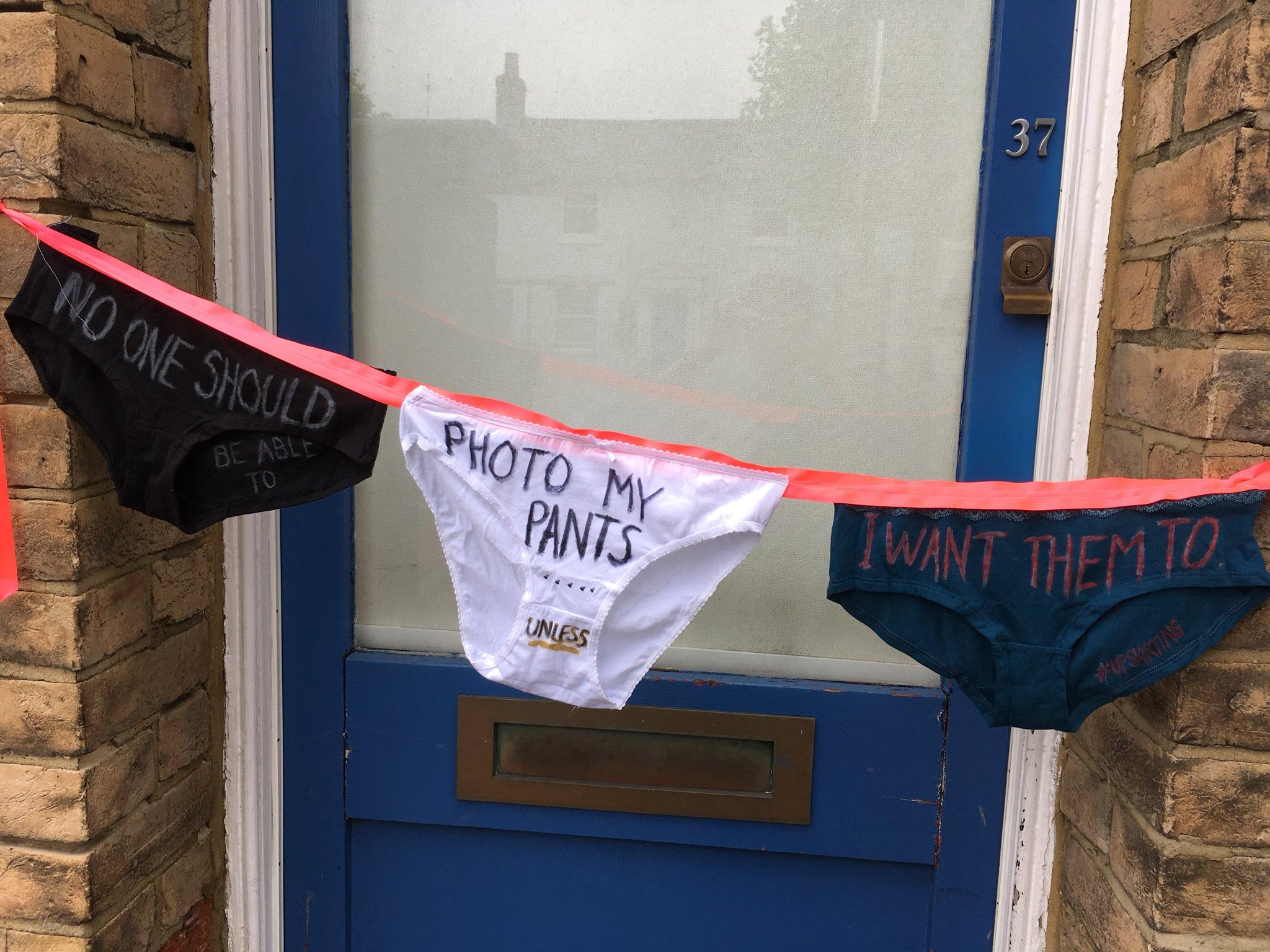Making misogyny a hate crime might be a good thing, but we must be realistic about what this means
It’s important to remember that victims are entitled to a level of professionalism and support that, in reality, isn’t always available


Your support helps us to tell the story
From reproductive rights to climate change to Big Tech, The Independent is on the ground when the story is developing. Whether it's investigating the financials of Elon Musk's pro-Trump PAC or producing our latest documentary, 'The A Word', which shines a light on the American women fighting for reproductive rights, we know how important it is to parse out the facts from the messaging.
At such a critical moment in US history, we need reporters on the ground. Your donation allows us to keep sending journalists to speak to both sides of the story.
The Independent is trusted by Americans across the entire political spectrum. And unlike many other quality news outlets, we choose not to lock Americans out of our reporting and analysis with paywalls. We believe quality journalism should be available to everyone, paid for by those who can afford it.
Your support makes all the difference.As someone who has spent most of their career working in the criminal justice system (CJS) and over two years as a hate crime victims’ advocate, I’m looking forward to seeing the outcome of Wednesday’s parliamentary debate as to whether misogyny will be categorised as a hate crime.
Labour MP Stella Creasy has submitted an amendment to the “upskirting” bill that would include misogyny as an aggravating factor in England and Wales. If MPs vote in favour of the bill, courts will have the power to consider it when sentencing and police forces will be required to record it.
This follows the conclusion of a two year pilot project undertaken in Nottingham, where police classified misogyny as a hate crime and were trained to record reports made by women that fit the criteria.
While the passing of such a law may be a positive step forward in terms of recognising the scale of the issue, we need to be realistic about what this might mean for victims and the justice system.
Police forces around the country have been feeling the strain for a number of years now. Cuts to police funding and staff have meant that officers are frequently expected to do more with less: less time, resources, training and support. A report by the Institute for Fiscal Studies revealed that overall, police budgets fell by 14 per cent between 2010-11 and 2014-15. The BBC also calculated that police funding has suffered a 20 per cent cut in real terms between 2010 and 2017.
This sobering indictment on contemporary policing is one I’m all too familiar with. In my previous line of work, I would witness the very real impact of this on victims on a daily basis. While police exist to maintain law and order and investigate crimes, they’re also often the first port of call for victims – and their vital response can be the difference between a victim feeling respected and choosing to proceed with an investigation, or walking away.
Which is why a report published following the conclusion of the Nottingham project, revealing a lack of understanding and buy-in from some officers about the project and what constitutes misogyny, was so concerning.
Dissatisfaction with the quality and delivery of the training provided to officers was raised, but some officer’s failure to grasp the power and control dynamic inherent in so much street harassment, which is often intended to humiliate and intimidate, is troubling.
The question of whether police are best placed to provide first contact with victims is also worthy of consideration. Victims of other kinds of hate crime – such as disability, race or offences relating to LGBT+ people – have access to trained specialists, with an understanding of the issues, who can offer advice and support in navigating a complex CJS. If victims are to report and have faith in our CJS, relaying an incident to an impatient desk sergeant in a busy police station, for example, may not provide the reassurance a victim may need.
It’s important to remember that victims are entitled to a level of professionalism and support that, in reality, isn’t always available. The Victims Code, a Crown Prosecution Service document outlining victim entitlements, clearly states that victims “should be treated in a respectful, sensitive, tailored and professional manner without discrimination of any kind. They should receive appropriate support to help them, as far as possible, to cope and recover and be protected from revictimisation. It is important that victims of crime know what information and support is available to them from reporting a crime onwards and who to request help from if they are not getting it.”
Despite police protestations to the contrary, hate crime is often regarded as less serious than many other offences, which can mean that vital evidence is not gathered in a timely way and that victims are not treated sensitively and appropriately. Without key evidence, such as CCTV, the likelihood of cases reaching the courtroom is unlikely.
Negative experiences at the hands of police may also be amplified for victims with intersecting identities, such as race or disability, with the “ideal victim” trope perpetuating in the minds of both officers and civilians. Would a black trans woman in a miniskirt reporting misogyny and a white cis woman wearing a suit be treated in the same way? This may be a crude comparison, but it’s the kind I’ve witnessed, and my experience of the CJS leaves me sceptical.
People also need to be aware of the likely outcome of such a report and educated on what actually qualifies as a hate crime. Out of 181 reports over the two year pilot, only a single charge has been brought, while 107 reports were recorded as hate incidents – when an incident fails to meet the threshold for a criminal offence.
And, somewhat confusingly, a person can’t be charged with a hate crime, even if their behaviour stems from prejudice or hate. In most cases, the “hate” element is an aggravating factor attached to an existing offence, such as a public order offence or common assault.
It’s also vital to acknowledge that police statistics are only the tip of a much larger iceberg.
Underreporting, particularly from people who are suspicious or mistrustful of police, such as people of colour, sex workers, LGBT+ people, travellers, people with disabilities and refugees, must also be considered. A fear of not being believed or taken seriously; concern that it might exacerbate the situation or result in further harassment; feelings of shame or guilt about an incident; a belief that what happened did not constitute a crime or that it was pointless to report; worries that a victim may be accused of “asking for it”; or simply that the frequency of the harassment is such that it has become normalised, are all factors that may prevent someone from reporting.
There’s also a wider discussion about sentencing and whether restorative justice or an educational perpetrator programme may be more effective in preventing further offences than a small fine which, depending on the offence, may be the most likely outcome a perpetrator might expect. Society and our heaving CJS would benefit immeasurably if children and young people were educated about healthy relationships and consent, something that Justine Greening proposed last year and which is being rolled out this current academic year.
The number of women who have reported feeling intimidated or targeted because of their gender is not insignificant – a study conducted in 2016 revealed that 85 per cent of young women had experienced sexual harassment in public places and almost half had experienced unwanted sexual touching – and the extent to which such behaviour has become normalised in society is disturbing.
Reporting hate crime sends a message that such behaviour is unacceptable, enables professionals to understand the scale of the problem and direct resources accordingly, and may prevent a perpetrator from further offending. For this to happen, however, both the police and public must understand what it is and what support is available.
Join our commenting forum
Join thought-provoking conversations, follow other Independent readers and see their replies
Comments